Opinion
Beirut’s Art Scene Is in the Midst of a Reawakening, Its Movers and Shakers Say
The city’s cultural fabric has long drawn on a healthy artistic community living and working in, and invariably reflecting on, Beirut.
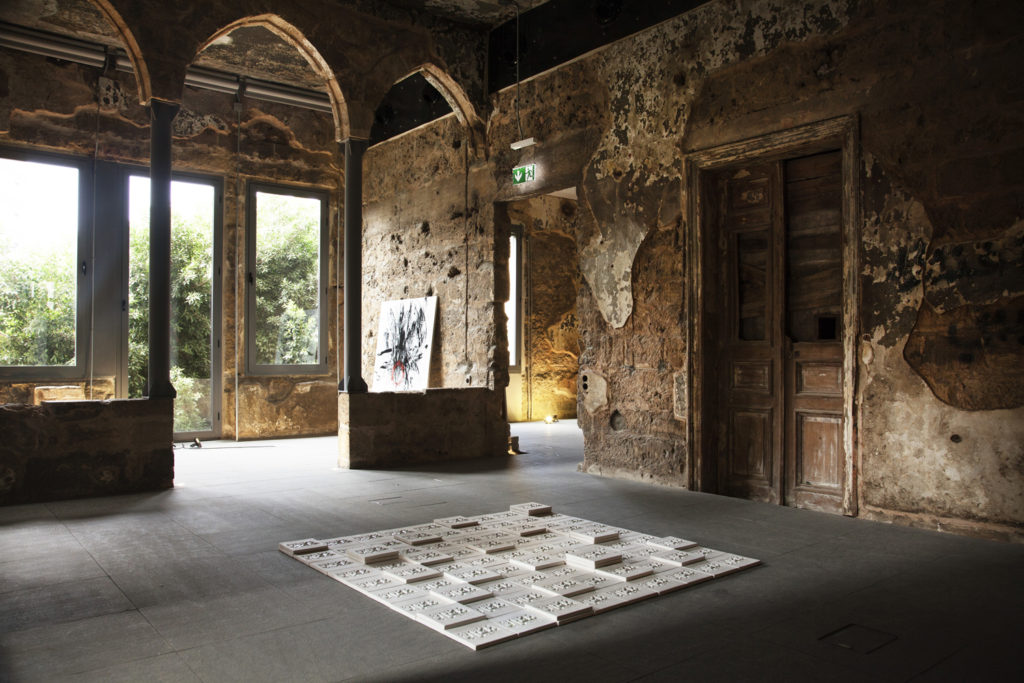
The city’s cultural fabric has long drawn on a healthy artistic community living and working in, and invariably reflecting on, Beirut.

Arsalan Mohammad

Beirut was abuzz last week, as the fifth iteration of the city’s art week, timed to coincide with the Beirut Art Fair, got underway. The hullabaloo around the fair extended across the city, which has had something of a surge in cultural activity of late. There were openings all across town at the major and not-so-major galleries that proliferate amid the gleaming skyscrapers, winding streets, and shabby low-rise blocks. At the opulent Sursock Museum, a throng gathered for a book launch by renowned Beiruti artist Marwan Rechmaoui, who presented his monograph Metropolis.
The city’s cultural fabric has long drawn on a healthy artistic community living and working in, and invariably reflecting on, Beirut. But in recent years, in addition to the slew of mainly private initiatives, museums, and foundations, a growing number of galleries are flourishing, adding significant heft to the city’s art scene. Many show at the Beirut Art Fair, which has, many agree, taken Lebanese art to the world.
Yet, despite the optimism at large around the fair, the challenges posed by the idiosyncratic nature of the city—simmering political and social tensions, crumbling infrastructure, and a dearth of state spending on the arts—mean the city’s cultural sector still faces a struggle.
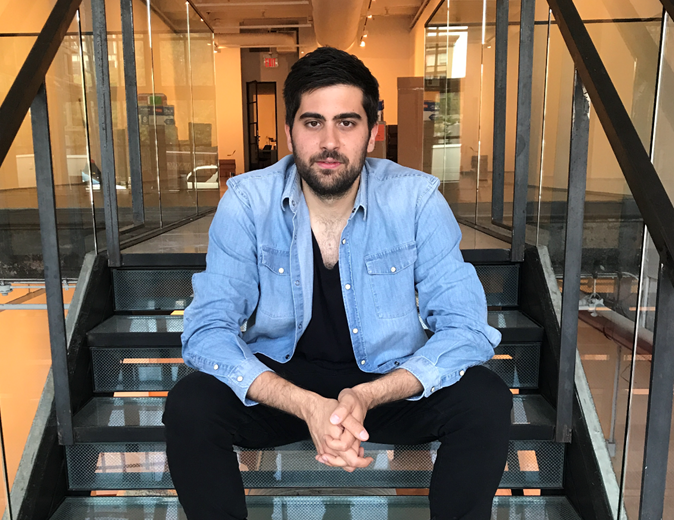
Taymour Grahne
“Beirut has an extremely vibrant art scene,” said the London-based Lebanese art dealer Taymour Grahne, as he explored the booths and stands at the Beirut Art Fair. “It’s a city curators love visiting, and the scene here is organic—you have all the important components of a strong scene: artists, museums, nonprofits, publishing houses, collectors, patrons, curators, and everything in between.”
The reopening of the Sursock, in 2015 was, in Grahne’s opinion, “a milestone for the art scene here. It’s important because the Sursock is also a link to the city’s past, having first opened in 1961. And its exhibition program has been strong; it’s really one of Beirut’s key venues for modern and contemporary art.”
Meanwhile, the art fair is a mid-size affair, which, in its eighth year, seems to have settled into a comfortable regional niche. With 51 galleries, a small increase on last year, it is a cozy event, catering to a loyal client base who spent an estimated $6 million on art—predominantly painting—last year. This year, the fair debuted a parallel design fair, responding to the phenomenal success of events such as Design Days Dubai and hoping to capitalize on the recent surge of consumer interest in design and architecture.
There’s also the vast Aïshti Foundation, a collection of (some) local and (mainly) Western contemporary art located in an upmarket shopping mall, vigorously directed by local collector and businessman Tony Salame. A venue so soaked in glitz and bling, it has created waves in Beirut when it opened in 2015, although not all locals were pleased by the dizzying vulgarity of the project. “This is everything we never wanted to be or to do with art in Beirut,” a local artist confided to Beirut-based writer Kaelen Wilson-Goldie after the inauguration.
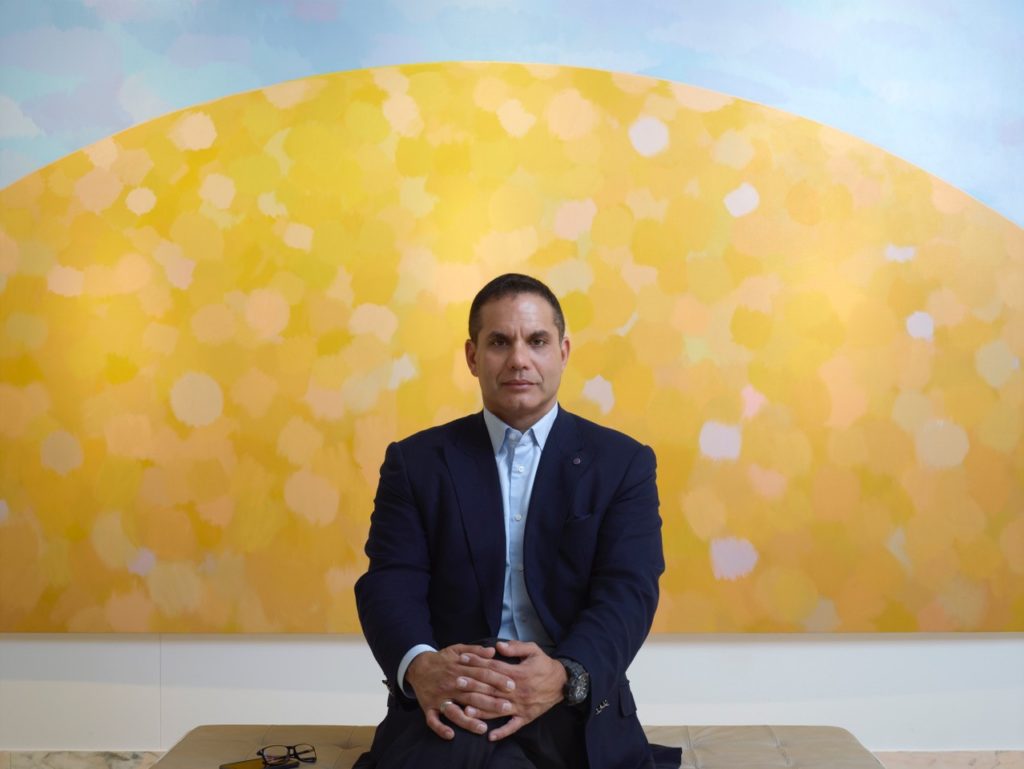
Basel Dalloul. Courtesy the Dalloul Art Foundation
Much hope is pinned on an exciting new initiative, the Dalloul Art Foundation, which hosts visits to its massive collection ahead of a much-anticipated launch in a new venue, slated for 2020.
Fronted by the scion of the Dalloul family, the charismatic Basel Dalloul, the foundation’s collection numbers approximately 4,000 pieces from across the Middle East, ranging from Modernist masterpieces to installations, sculpture, and video art from emerging Arab, African, and Iranian artists. And Dalloul is confident that by exposing the vast portfolio of works, a valuable insight into the cultural heritage of the region will be provided.
“At a time when Arabs are being portrayed as terrorists, backwards, thugs—it’s nice to be able to respond to that and show the talent, creativity, and culture in this part of the world,” he tells artnet News as he wanders through the maze of rooms housing exhibits in the family residence in the Snoubra district of Beirut.
One of the mandates of the foundation is that there would be significant educational aspects, for students, scholars, and creators. “[W]e don’t promote the good things enough—we have a lot of positives to share. And this is a good way to do it, people connect and engage through art.”

Joumana Asseily
The optimism of Dalloul’s ambition reflects a wider trend that courses through the bustling, chaotic, colorful streets of Beirut. “The art scene in Beirut is blooming,” Joumana Asseily, founder and director of the city’s young, edgy Marfa’ art space, told artnet News. “It started to take shape around 20 years ago, with the launch of Ashkal Alwan, the Arab Image Foundation, then, the Beirut Art Center and new projects such as the Aishti Foundation, and the reopening of the Sursock Museum in October 2015, which is when I opened Marfa’ as well.”
“These projects are bringing a renewed dynamism to the Lebanese art scene and sparking the interest of the international art scene,” she added, “but, unfortunately, these are often personal initiatives, and I wish the state would also invest in the art scene and support it.”
State support for the arts in Beirut is indeed scant. The city is still recovering from the shattering, 15-year civil war between 1975 and 1990, with the present, shaky, stability sorely tested by the recent influx of Syrian and Iraqi refugees pouring into Lebanon and stretching the already overpopulated city to the limit.
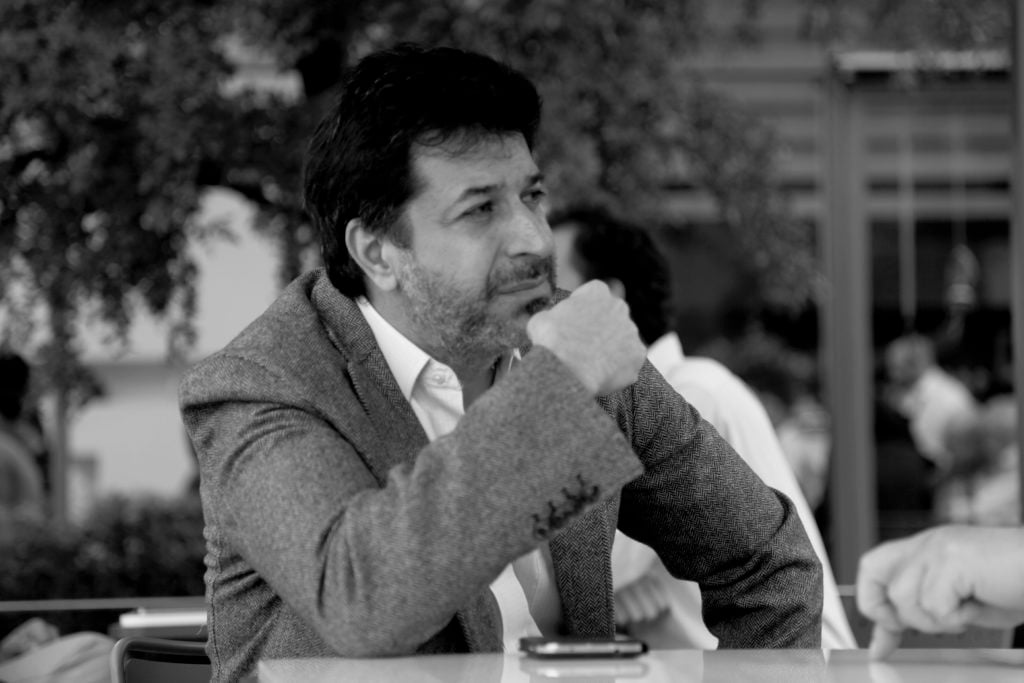
Saleh Barakat
“Economically, the city is suffering,” says Saleh Barakat, the founder of one of Beirut’s best-known galleries. “There is no doubt that the situation in the whole region is not helping. With what’s happening in Syria, Iraq, Libya, and Yemen, in addition to the huge effect of the refugee crisis—no artist can disregard this. But Beirut is a real incubator: we have no other choice except to keep working.”
It is hardly surprising that the majority of younger Lebanese artists are obsessed by the haunting memories of the war, exacerbated by the ongoing turbulence in the region and searching for reconciliation, resolution and understanding of the past. But for them, as many others, Beirut is a fertile palimpsest of submerged memories, live tensions, troubled paradoxes, and eternal hope.
“Many Lebanese artists, including the ones we work with, focus on themes pertaining to the land, its history, geography,” says Asseily. “Through idea- and research-based projects, they investigate the ways it is inhabited, occupied, transformed into its current state. Others have a more internalized perspective, elaborate on their personal stories and histories, and adopt a more autobiographical approach.”
Located in two former shipping containers by the old port (“Marfa’” is Arabic for port), and showing work by a roster of young Lebanese artists such as Rania Stephen and Saba Innab, Asseily’s gallery reflects this dichotomy between the personal and public space.
If one can find a commonality in the works of these formally diverse artists, it would be a yearning for understanding and comprehending the past, the war that raged around them as children, the loss, the devastation, and most importantly, a traumatize generation seeking closure.
This sense of reconciliation and exorcism of a bloody past is at the heart of a project by Lebanese multimedia artist Zena el Khalil. Originally from south Lebanon, el Khalil’s family home was occupied by Israeli forces in the 1980s, who used it as a makeshift POW camp. Returning to the house, Zena found gruesome evidence of torture and destruction and began documenting the traces of bloodshed and pain. This began a career that has taken her around the world, investigating emotionally charged locations in former battle zones.
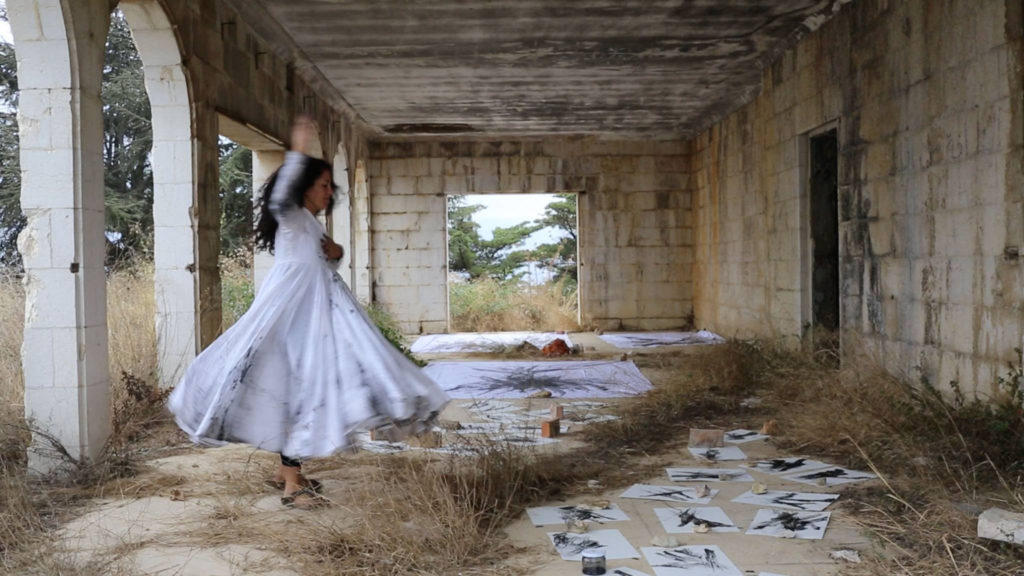
Zena el Khalil, courtesy the artist.
It’s fitting then that one of the most affecting moments of this September’s art program is Zena’s multimedia installation project at the city’s Beit Beirut house, a formerly grand family residence from the 1920s built in a neo-Ottoman style. Located on the former dividing line that bisected Beirut during the war, it was used by Christian snipers to fire on Muslim fighters. Now, it’s a semi-derelict shell, its windows blown out and its ocher sandstone walls pockmarked and pitted after years of violence. For art week, and with support from Turin’s Merz Foundation (whose matriarch, Beatrice Merz was in town to launch the event), el Khalil has taken over the entire space with a blend of site-specific work ranging from installation, sculpture, and painting to ceramic work and performance.
“It’s a very special area, we are on what was the former demarcation line that split the city in half during the civil war,” says el Khalil of the Beit Beirut site. “The idea of using this building, formerly practically a killing machine, located in the most dangerous part of Beirut. With all of my work, I take an object of violence and transform it into something peaceful, so the location was important.”